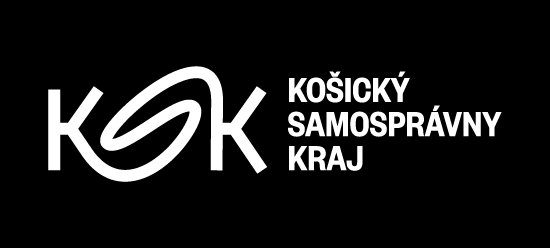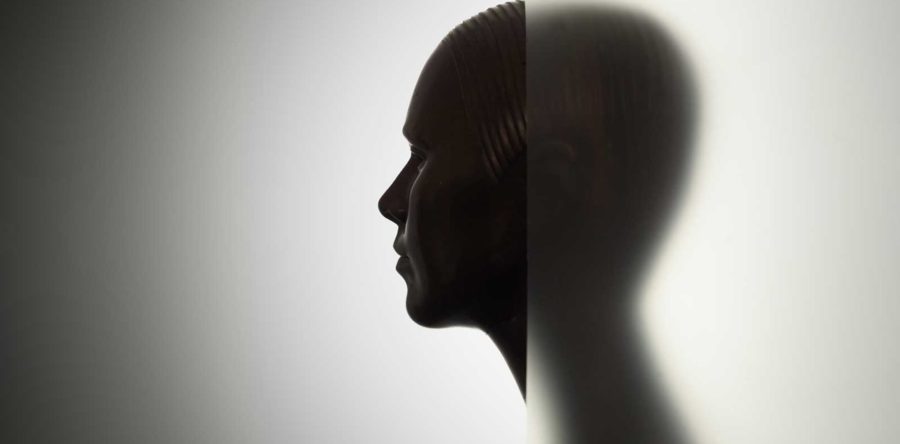Milota Havránková – TORZO/ Laboratory of Eternal Returns
opening: 31. 10. 2019 at 18:00
duration: 1. 11. 2019 – 2. 2. 2020
curator: Anna Vartecká
East Slovak Gallery, Hlavná 27
Milota Havránková (1945) belongs to the first Czechoslovak generation of professional photographers with an academic degree, who at the end of the 1960s graduated in the field of art photography at FAMU in Prague. Her work is characterized not only by the variety of technological and mental approaches, but also by a wide range of artistic disciplines from design, monumental and staged photography to experimental film. She perceives photography as a means of communication that manipulates and provokes the lived reality in order to reveal its hidden layers. She helps to define this medium not only as a timeless image canon or an image ideology, but also as an important element of our ethical culture. The exhibition TORSO introduces to public the key areas of the work of this important photographer, teacher, and multimedia artist from 1960s to present. The project also presents not such a well-known, parallelly emerging experimental film production, which was created with the use of fundamental technique. The key motivation of this production was the desire of getting to know herself and the nearest world through technical means. With a specific visual language, the author, as Flusser said, constantly intends to get something from the camera into the image that is not in the program. The method of her work demonstrates not only the fascination of discordant techniques in various current strategies, but above all her timeless attitude towards the question of artistic freedom in the context of technical progress. The attention of the exhibition concept is dedicated to the years when Milota Havránková began to precisely layer the processes of staged photography and enrich them with musical, performative and Fluxus elements. In her work she consciously transcended the boundaries of the medium of photography and film, and later of video, anticipating the need of speaking with diverse parallel languages to an increasing media literate audience. She was searching for a new range of purposeful visuality, trying to find a current representation which would adequately reflect the imminent change, but also the euphoria of the anticipated arrival of a new digital era of postmodern fluid digital image of the upcoming 1990s. Above all, in a relatively solitary artistic effort, she dealt with the problem of photogénie, which enhanced the perception. She was fascinated by photogénie as a defining feature for its ability to penetrate underneath the surface of things and reveal what would remain invisible without the use of the technical apparatus. The exhibition works with the laboratory principle, in which we witness the process of eternal returns of the author to her own old sources, oscillating between intuition and knowledge. Torso as a content and formal motif winds throughout her whole work, becoming the key metaphor of her analytical, constantly reassessing and reforming self-experience.



